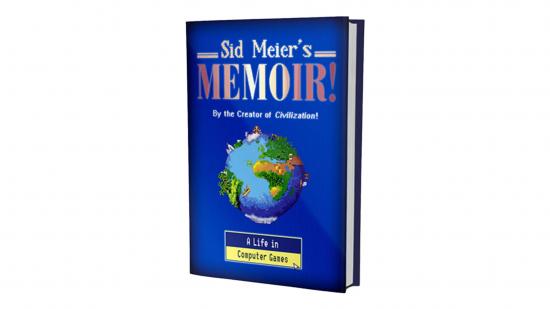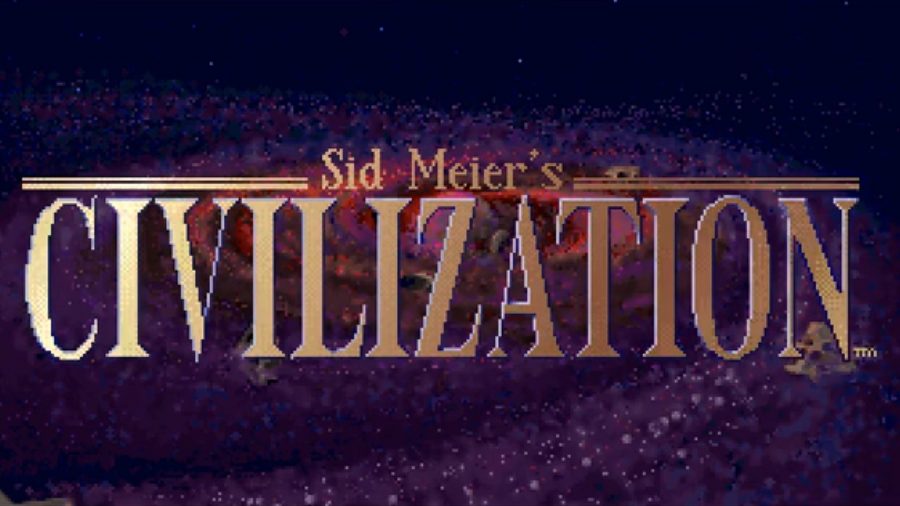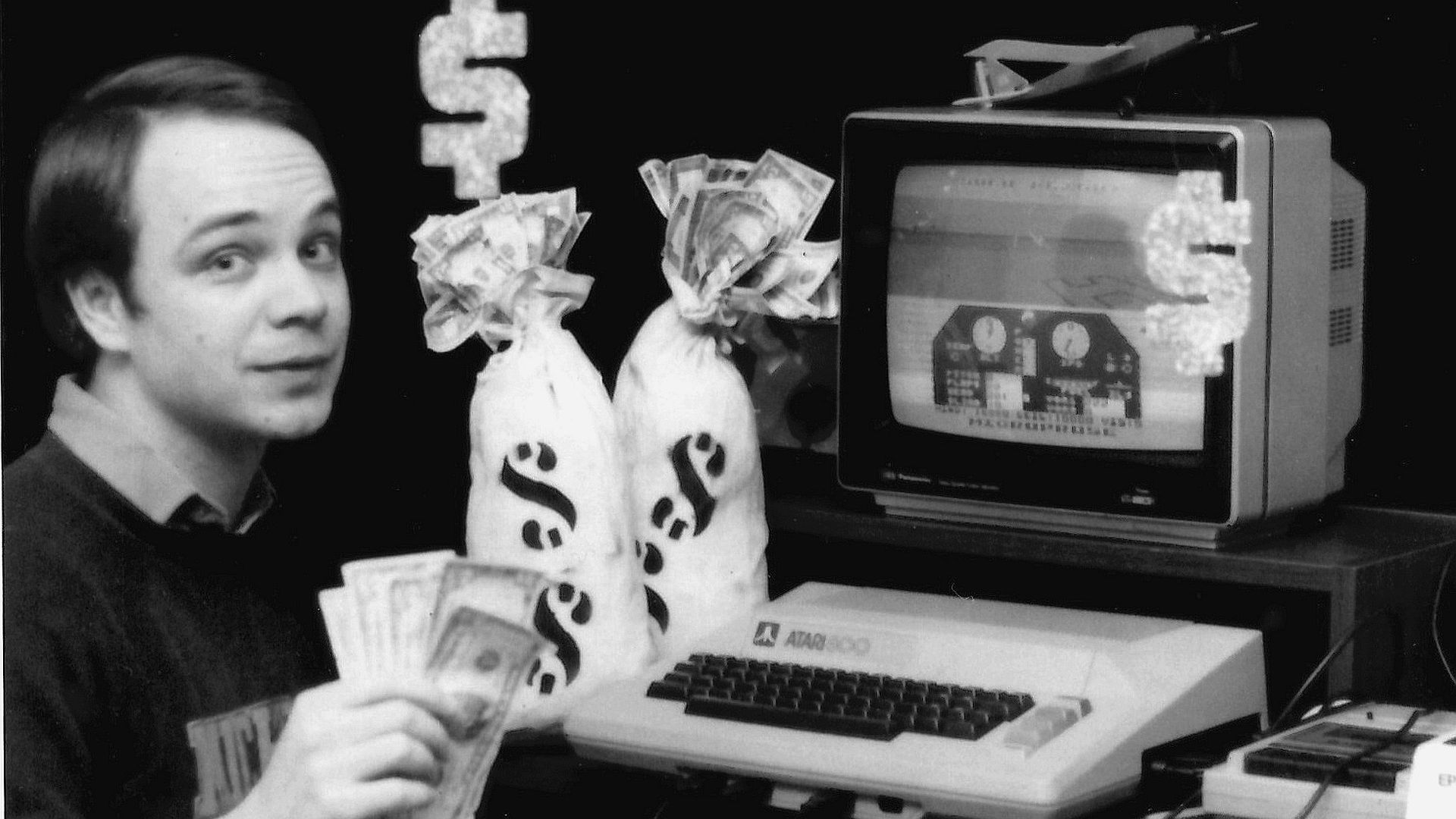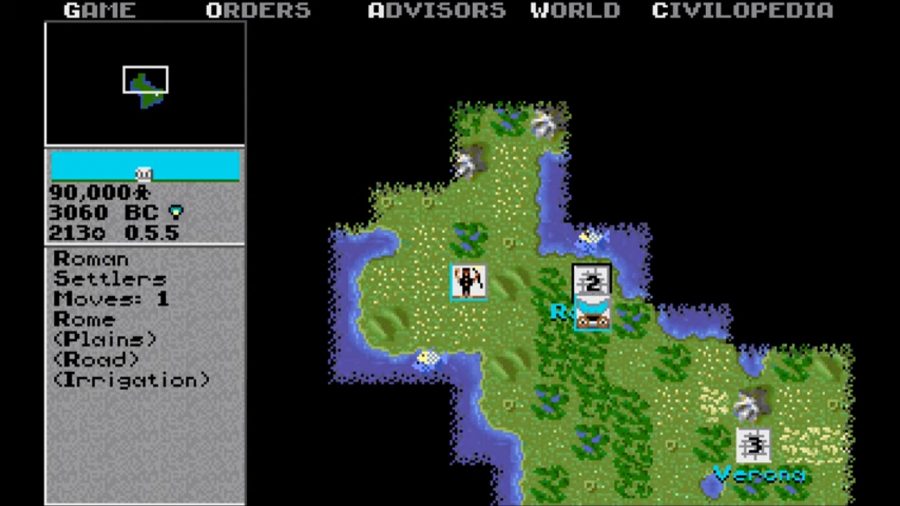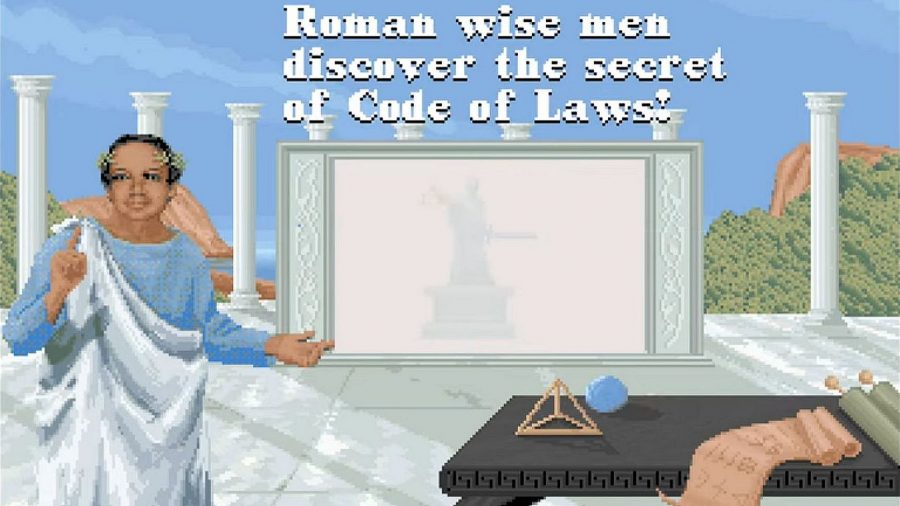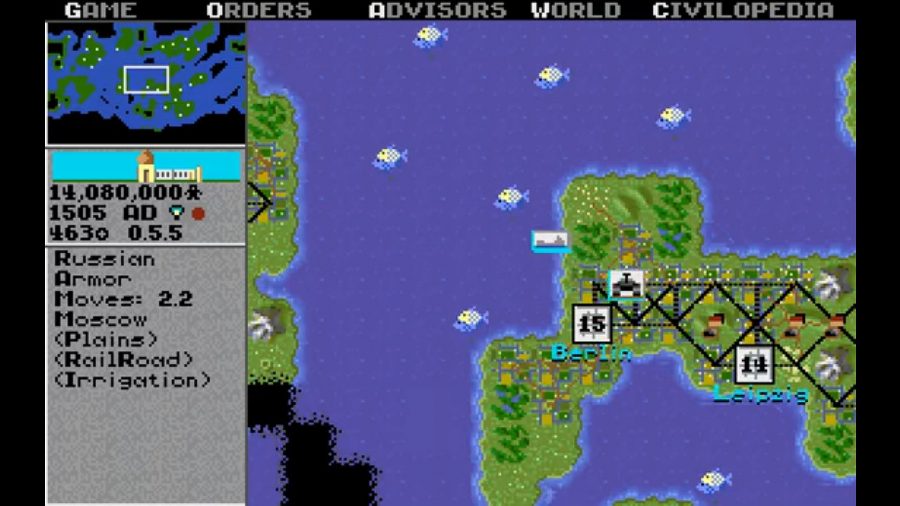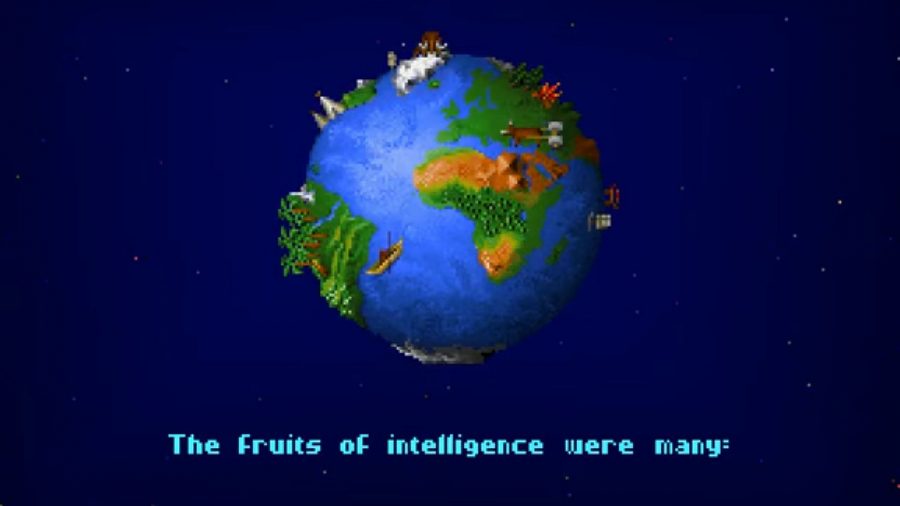Few have made a greater contribution to PC gaming than Sid Meier. Following Nintendo’s legendary Shigeru Miyamoto, he was the second-ever inductee into the Academy of Interactive Arts & Sciences’ Hall of Fame, reflecting an extraordinary career in games development.
Meier established his first studio, the recently revived MicroProse, by creating some of the best PC simulation games of the ’80s and ’90s. After a successful experiment with more flamboyant subject matter in Sid Meier’s Pirates!, he released his most famous hit, Sid Meier’s Civilization, in 1991, and changed strategy gaming forever.
After leaving MicroProse, Meier founded Firaxis Games in 1996, and has guided it to become a global industry leader in simulation and strategy games. To date, Firaxis has not only done more than any other studio to influence turn-based and 4X strategy through the Civilization series and its superb sci-fi spin-off, Alpha Centauri, but has catalysed the modern resurgence of the squad tactics genre through 2012’s XCOM: Enemy Unknown.
Under Meier’s leadership, Firaxis also has an excellent tradition of nurturing talent. Never the egotist that the tradition of putting his name on the box might suggest, Meier has invested admirable trust and generosity in a string of talented protégés, whether by sharing custody of his own creation in the Civilization sequels, or backing their own visions. These include Brian Reynolds (Civ II, Rise of Nations, Alpha Centauri), Soren Johnson (Civ IV, Spore, Offworld Trading Company), Jon Shafer (Civ V, At The Gates), and Jake Solomon (XCOM: Enemy Unknown, XCOM 2).
Next week, Sid Meier releases a memoir of his time in the game industry and, with kind permission from the publisher, we’re very excited to bring you an exclusive excerpt. Read on for a story from early in Civilization’s development, when MicroProse was established but not so securely that there wasn’t some friction between Meier and his long-time partner, the, in some ways, equally iconic Bill ‘Wild Bill’ Stealey.
Sid Meier’s Memoir: An Excerpt
Bill was adamant that the arcade market was poised to make a comeback, and I felt that it was a mistake. Over the course of several conversations, it became clear that neither one of us was going to convince the other, and it wasn’t the sort of thing that could be compromised on. We couldn’t make half an arcade game.
I didn’t like this new direction for the company, but I also recognized that business decisions can’t be made by committee. One person needed to be at the helm, and I still didn’t want it to be me. Bill and I agreed that the best option was for him to buy out my half of the company, giving him the freedom to steer while protecting me from risky maneuvers. Outwardly nothing would change, and no one beyond the executive team would know about the arrangement for years to come. I still sat in the same chair, attended the same meetings, collaborated with the same folks. But on paper, I became an independent contractor, receiving payment and royalties only for the games I personally created.
It was the right time for everyone involved, because while I no longer had a vote in company projects, no one else had a vote in what I worked on, either. I had been afraid—rightly so, as it would turn out—that the executives would not recognize the potential in Civilization, and now I, too, had the freedom to steer without fear of getting canceled. It was a little sad to see the end of the partnership that had built MicroProse, but neither one of us wanted me to leave, and this seemed like the best way to address both of our needs.
Bill and I had always worked well together precisely because we were opposites, and it was probably inevitable that we would end up pursuing different paths in the long run. Creatively we’d been drifting apart ever since Pirates!, and this new arrangement was not so much a dramatic change as it was an overdue acknowledgement of reality. But from my perspective, there was no bitterness; it was just the natural progression of our careers.
Unlike me, Bruce still had official assignments within the company, so he and I settled into a routine of concentrated feedback. Before I went home each night, I would leave a disk on his office chair with the latest version of the game. When he came in early the next morning, he would spend some time testing out new features, then sit down and share his thoughts with me when I arrived. I would go work on the game all day while he kept up with his own responsibilities, and that evening, the process would begin again.
Eventually, Bruce migrated to Civ full-time, and word got out that this new project was something serious. Folks began dropping by Bruce’s office to check it out, which I didn’t mind, but for a long time he was the only one allowed to play it. Aside from his skill in looking past broken and nonexistent parts of the game, Bruce also didn’t suffer from excessive deference. With the release of Covert Action, MicroProse had now put my name on the box three times, and people were starting to treat me differently around the office in subtle but definite ways. It made me uncomfortable, but worse than that, it was detrimental to the final product. I didn’t want to spend my day convincing people that they were allowed to tell me what they hated about the game. Bruce was always polite, of course, but if something felt wrong to him, he wouldn’t hesitate to tell me.
I’ve never been able to decide if it was a mistake to keep Civ isolated as long as I did. On the one hand, I do think it’s better to have as many eyes as possible on a product while it’s in development. You want to make a game that appeals to everyone, not just your favorite kind of player. But on the other hand, Bruce and I spoke each other’s language so well that the process might have taken longer with others on board. He was both playtester and designer, which meant his feedback was rooted in real solutions, while I was both designer and programmer, which meant I didn’t have to waste my time on a bunch of meetings with myself.
The idea of not wasting time is perhaps the most important factor in my whole career. Each new version of a game—or anything else it suits you to make—is another opportunity to take a step forward. The more iterations you can rapidly cycle through, the more precise your final product will be.
There is a well-known story about Michelangelo, who supposedly said of his famous David statue that he “simply chipped away anything that didn’t look like David.” There’s no evidence he actually said it, and versions of the quote have been attributed to a number of other artists as well. But I think the popularity of the story reveals what most people imagine the creative process to be, versus what it actually is. Of course, I can’t speak for every other creative person out there, but for me personally, I can’t chip away at marble. I only know how to sculpt with clay.
Start with a lump. Add a bit here. Does that make it look more or less interesting? Add another bit—no, that went too far. Scrape it off.
Mistakes are a given, and the important thing is to catch as many as you can, as fast as you can. Ideally, you’ll reevaluate your creation every single day, perhaps even multiple times a day, and each iteration is an opportunity not to pat yourself on the back, but to figure out where you’ve already gone wrong.
This is not to say that every step needs to be tiny. Efficiency is the goal, which means many iterations, but also getting as much information as possible out of each iteration. One of my big rules has always been, “double it, or cut it in half.” Don’t waste your time adjusting something
by 5 percent, then another 5 percent, then another . . . just double it, and see if it even had the effect you thought it was going to have at all. If it went too far, now you know you’re on the right track, and can drop back down accordingly. But maybe it still didn’t go far enough, and you’ve just saved yourself a dozen iterations inching upward 5 percent at a time. Less than a month before Civilization was published, I cut the size of the map in half. Of course a game about the entire history of civilization has to have a large map, but it turned out that the size wasn’t as important as the sense of relentless progress. With a smaller map, the game moved faster, and that in turn made the map feel more epic than it had when it was twice as big—and if I’d been afraid to deviate too severely from what we already had, I never would have gotten to the right size in time before the game shipped.
This is also why I never write design documents. Some managers are irrationally devoted to them, expecting to see the entire game laid out in descriptive text and PowerPoint slides before a single line of code is ever written. But to me, that’s like drawing a map before you’ve visited the terrain: “I’ve decided there will be a mountain here.” Lewis and Clark would have been laughed out of the room if they showed up with a design document. Instead, they just said, “We’ll get back to you,” and started walking. The mountain is where the mountain is, and your job is to find it, not insist where it should have been.
Here are some bits of clay that I thought belonged in Civ, but later scraped off:
First, the real-time clock. That was really more like tossing the clay in the trash and getting a new lump.
Then, I toyed briefly with the cyclical rise and fall of nations. Though historically accurate, this was like flooding the railroad bridge on a grand scale. The moment the Krakatoa volcano blew up, or the bubonic plague came marching through, all anybody wanted to do was reload from a
saved game.
The branching tech tree of advancements was a pretty good idea from the start, but the actual elements of it flip-flopped all over the place for months until it felt right. For a while, there was a whole secondary tech tree of minor skills like beer brewing (obviously a source of happiness points for your population,) but we had to ditch it for being too unwieldy.
For a while, I tried to include land mines as a weapon, but I couldn’t get the game’s AI to place them intelligently, or to stop walking over their own mines, without dragging the processing speed to a crawl. Out they went.
There were religious leaders, and then there weren’t.
There were Germans, and then there weren’t—and then there were again.
The point is, there are bad things in my games, at least until I manage to pin them down, but I don’t let the possibility of mistakes hold me back. I won’t ponder for hours whether a feature would be a good idea, I just throw it in the game and find out for sure. If it’s clunky, I cut it back out again. There is no map before you’ve explored the wilderness, and no overriding artistic vision on Day One. There’s just the hard, consistent work of making something a little better each day, and being as efficient as possible in your discovery of what it’s going to turn out to be.
Excerpted from Sid Meier’s Memoir!: A Life in Computer Games. Copyright (c) Copyright © 2020 by Sid Meier and Jennifer Lee Noonan. Used with permission of the publisher, W. W. Norton & Company, Inc. All rights reserved.
Sid Meier’s Memoir!: A Life in Computer Games will be released worldwide on September 8, 2020. You can learn more or pre-order a copy via the website here.
